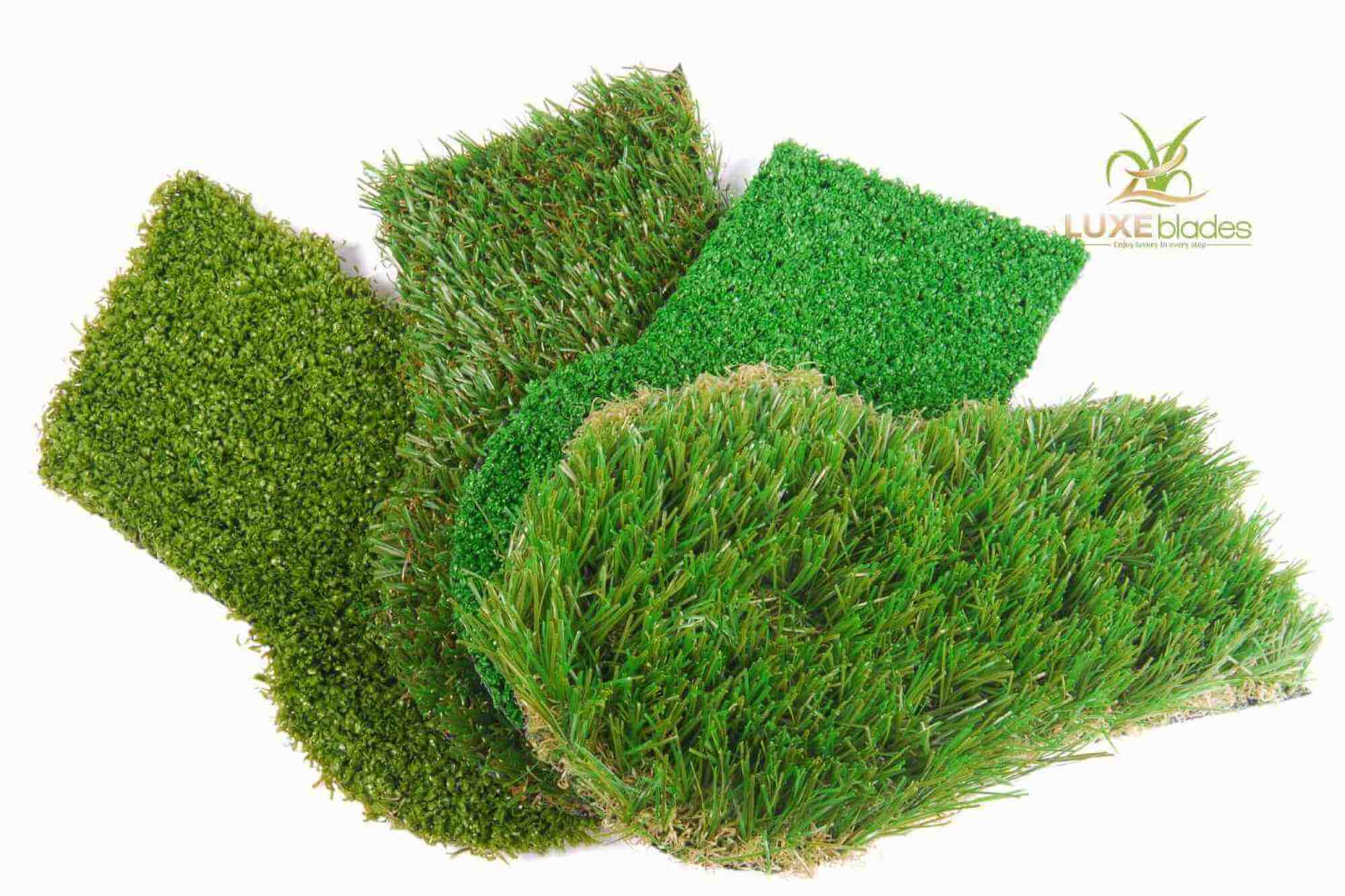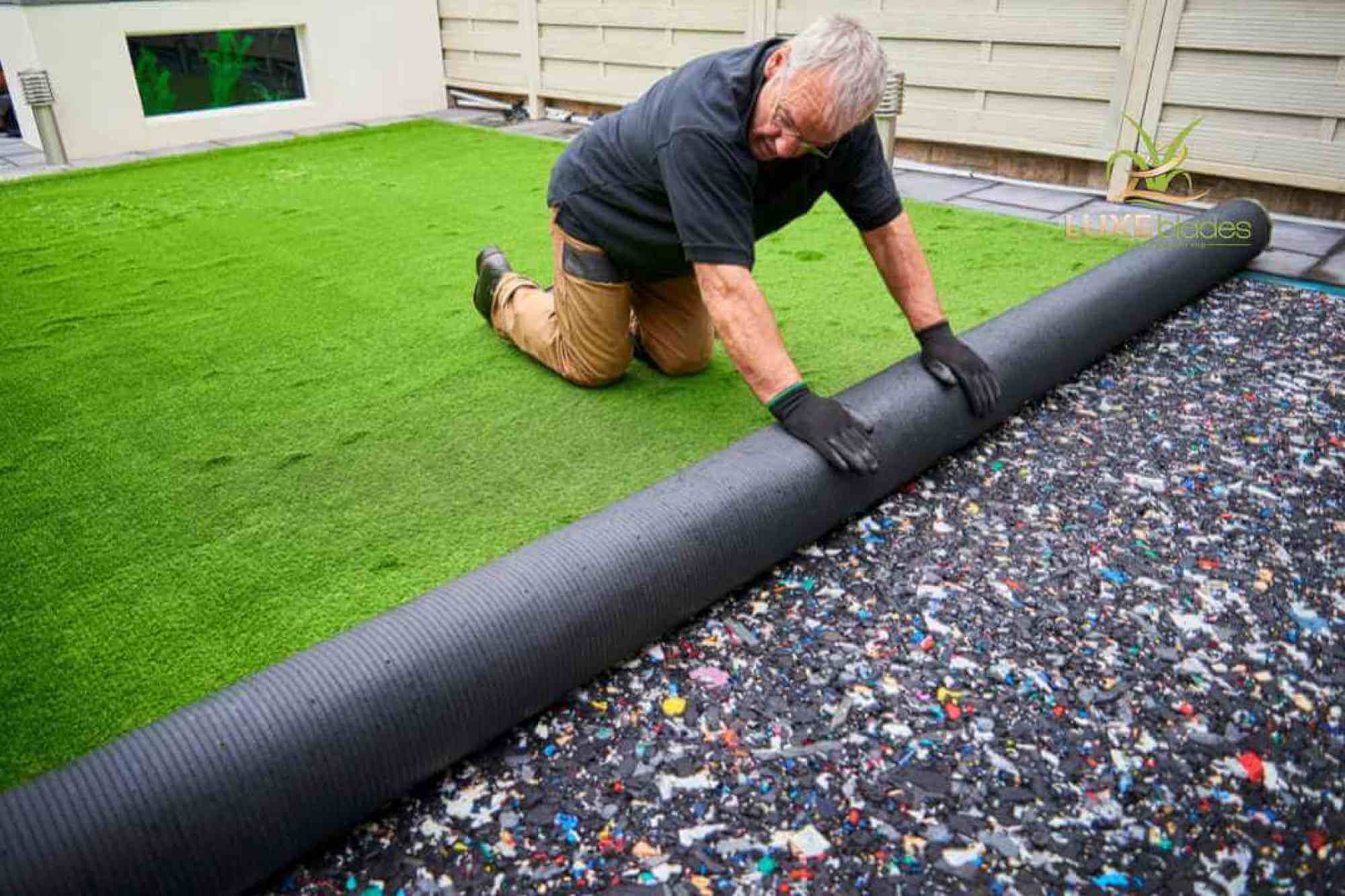Artificial grass is becoming more and more popular as a way to landscape in cities, and for good reason. Installing artificial turf on rooftop decks can turn a barren area into a lush and welcoming oasis, which is good for both the building owners and the people who live there.
In this article, we'll talk about the benefits of rooftop artificial turf and give you tips for making the most of your space and making sure the installation goes well. Whether you're a property owner looking to enhance your rooftop space, or a landscape contractor interested in expanding your services, this article has everything you need to know.
Planning and Preparation
When it comes to installing artificial grass on a rooftop, proper planning and preparation are essential for a successful installation. Here are a few key steps to keep in mind:
Measuring the rooftop area
Before starting any installation project, you must measure the rooftop area accurately. Measuring the roof surface will help you determine how much artificial turf you need to cover the area. When measuring the area, you should think about things like whether or not there are HVAC units or skylights. Accurate measurements will provide a basis for estimating the overall cost of synthetic turf projects. It is crucial to measure the area correctly to avoid costly mistakes.
Choosing the right type of artificial turf
Choosing the right type of artificial grass is crucial in achieving the desired look and feel. Some landscape turf products may be better suited to certain applications or areas. Consider factors such as the level of foot traffic the area will receive, the amount of sunlight the rooftop receives, and whether pets or children will be using the area. Talking to a professional can help you figure out which product of synthetic turf is best for your needs.
Preparing the rooftop surface
Proper preparation of the rooftop surface is essential before laying down any artificial turf. It usually involves removing any dirt or debris from the surface and making sure the surface is flat and free of any bumps or ridges.
In some cases, a sub-base layer may need to be put down to help with drainage and keep the grass from moving. The rooftop deck surface must be free from any damage, and the weight of the turf should be considered when preparing the rooftop surface to ensure it can handle the weight.
Addressing drainage and irrigation concerns
Drainage and irrigation are critical considerations when installing artificial turf on a rooftop. Without proper drainage, water can build up and damage the turf, while inadequate irrigation can result in dry or dead patches. It is essential to address drainage issues by installing proper drainage systems, such as drainage tiles, to prevent water from accumulating. It may also be necessary to install irrigation systems to ensure adequate moisture for the turf. Proper drainage and irrigation will help ensure the longevity of your artificial turf and prevent any maintenance drainage issues.

Installation Tips
Once you have completed the planning and preparation stages, it's time to move on to the actual installation of the artificial turf. Here are some tips to help ensure that the roof deck synthetic grass installation process goes smoothly:
Laying the artificial turf correctly
Before you begin laying the turf, ensure that the rooftop surface is clean and free of debris. Next, roll out the turf and position it on the rooftop, taking care to ensure that it is straight and even. Trim any excess turf using a utility knife, making sure to leave a little extra around the edges.
Securing the turf to prevent slippage or movement
To prevent the artificial turf from slipping or moving, it's important to secure it properly. You can use stakes or adhesive to keep the turf in place, depending on the type of rooftop you are working with. For instance, if you are installing the turf on a wood deck spaces, you can use adhesive to attach the turf to the deck. On the other hand, if you are working with a concrete rooftop, you may need to use stakes to secure the turf.
Ensuring proper spacing between the turf panels
If you are putting in the synthetic grass in terrace sections, you need to make sure there is enough space between each panel. This will help to prevent buckling and warping of the turf over time. Generally, a gap of around 1/8 inch is recommended between the panels.
Applying infill material for added stability and aesthetics
Infill material is often used to provide added stability and aesthetics to the artificial turf. The infill material is typically made of a combination of sand, rubber, or other materials, and is applied to the turf using a spreader. The amount of infill needed will depend on the type of artificial turf you are working with, as well as the intended use of the space.
Maintenance and Care
After the installation of artificial turf on your rooftop, regular maintenance and care are necessary to keep it in pristine condition. Proper maintenance will ensure that your artificial turf stays beautiful and lasts for many years. Here are some maintenance tips to consider:
Regular cleaning and debris removal:
It's important to keep your rooftop turf clean by removing debris, dirt, and leaves regularly. You can do this by using a leaf blower, a stiff-bristled broom, or a hose to remove debris and dirt. In addition, you should remove any pet waste from the surface immediately to prevent staining and unpleasant odors.
Proper drainage and irrigation maintenance:
Proper drainage is essential to prevent water accumulation, which can damage the turf and cause mold and mildew growth. Make sure that your rooftop has proper drainage and that it is functioning correctly. Additionally, check your irrigation system regularly to ensure that the turf is receiving the proper amount of water.
Addressing wear and tear or damage:
Even with proper maintenance, wear and tear can occur over time. If you notice any damage, such as tears, burns, or holes in the turf, repair it as soon as possible to prevent further damage. Small tears or burns can be repaired with a patch kit, but larger damage may require professional repairs.
Scheduling professional inspections and repairs:
To ensure that your rooftop turf is in good condition, consider scheduling professional inspections and repairs once or twice a year. Professional landscapers can check for any issues and make necessary repairs to keep your rooftop looking great. They can also provide advice on any additional maintenance or care required for your specific type of turf.
Additional Considerations
Building code and permit requirements
Before starting any rooftop artificial turf project, it's important to check with your local building codes and regulations. Many cities and municipalities have specific requirements for rooftop installations, such as weight restrictions, fire codes, and permits. It's essential to adhere to these regulations to ensure the safety of the building and its occupants.
Environmental impact and sustainability considerations
While artificial turf can provide many benefits, it's important to consider the environmental impact and sustainability of the product. Look for products made from recyclable materials and that are free from harmful chemicals. Also, consider the impact on local wildlife and the overall ecosystem.
Designing and incorporating other rooftop features
Artificial turf can be a great addition to a rooftop, but it's also important to consider other features that can enhance the space. Consider incorporating seating areas, greenery, and other elements that can make the rooftop a functional and enjoyable space.
Budgeting and cost considerations
Artificial turf can be a cost-effective alternative to natural grass, but it's important to consider the initial cost of installation, as well as ongoing maintenance and repair expenses. It's also important to factor in any additional features or design elements that may be incorporated into the project. A careful budget and cost analysis can help ensure that the project stays within budget and meets expectations.

Conclusion
Artificial grass is becoming more and more popular as a way to make the most of outdoor space in cities. In this article, we've discussed the benefits of installing artificial turf on rooftops and provided tips for planning, preparing, installing, and maintaining your rooftop turf.
When planning your artificial grass rooftop turf project, it's important to measure the rooftop area, choose the right type of artificial turf, prepare the rooftop surface, and address drainage and irrigation concerns.
There are more things to think about when planning a rooftop turf project, like building code and permit requirements, environmental impact and sustainability, designing and incorporating other rooftop features, and budgeting and cost.
In conclusion, putting artificial turf on rooftops can bring many benefits, such as making the most of outdoor space, making the roof look better, and making it easier to take care of. Luxe Blades can give you all the tools, advice, and support you need to install synthetic turf on your rooftop with confidence. With careful planning, preparation, and maintenance, you can enjoy your rooftop turf for years to come! Get in touch with Luxe Blades today for your rooftop turf needs.

